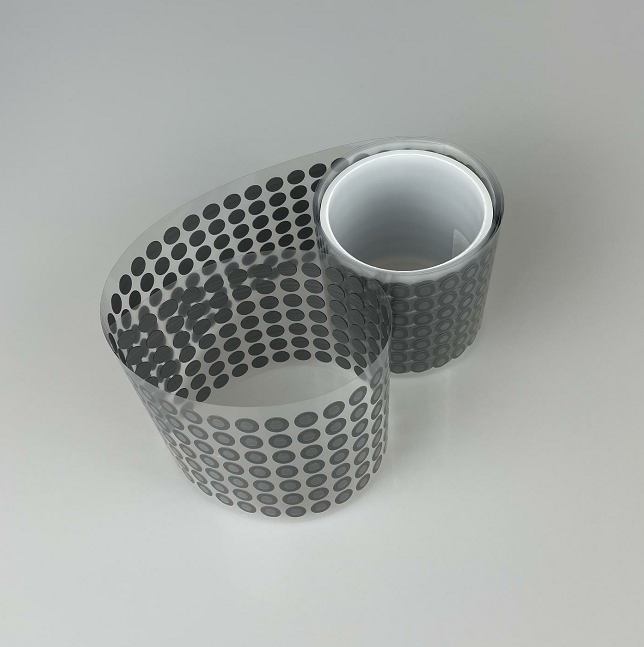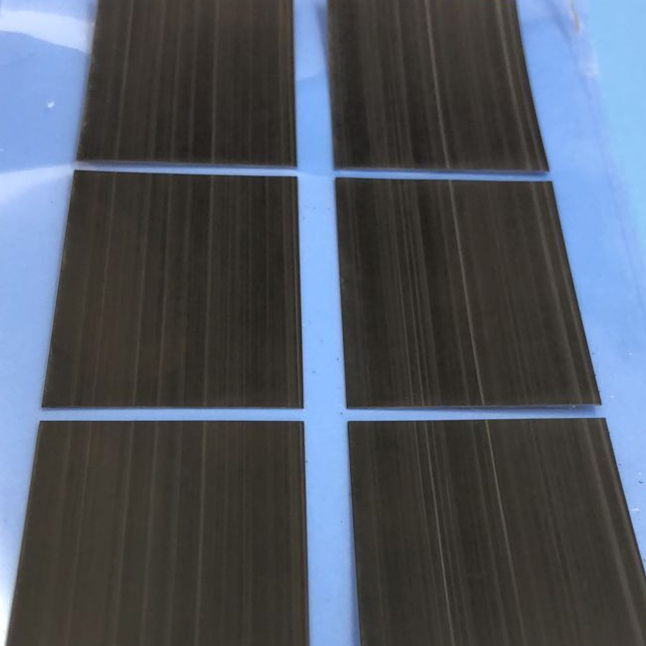Exceptional Thermal Stability and Temperature Performance
The led eptfe membrane exhibits remarkable thermal stability across an extensive temperature range, maintaining its mechanical properties and filtration performance from cryogenic conditions up to 260°C continuously, with short-term exposure capabilities extending even higher. This exceptional temperature tolerance results from the inherent thermal properties of the expanded PTFE structure, which remains stable and flexible across temperature extremes that would degrade or destroy conventional membrane materials. Users benefit from this thermal stability through expanded application possibilities, reduced need for temperature control systems, and improved process flexibility in operations involving temperature variations. The membrane maintains its pore structure and mechanical integrity during thermal cycling, preventing the structural changes that commonly affect other membrane types when subjected to temperature fluctuations. This stability is particularly valuable in applications involving steam sterilization, high-temperature chemical processes, and thermal shock conditions commonly encountered in industrial operations. The led eptfe membrane's thermal performance enables direct integration into heated systems without requiring additional cooling or thermal protection measures, simplifying system design and reducing installation costs. Its ability to withstand rapid temperature changes without cracking or dimensional changes ensures reliable sealing and filtration performance in processes with variable operating conditions. The membrane's low thermal conductivity also provides insulation benefits in applications where heat transfer control is important. Industries such as aerospace, automotive, chemical processing, and power generation particularly benefit from this thermal stability, as it enables membrane use in previously impossible applications. The combination of high-temperature resistance with maintained flexibility allows the led eptfe membrane to accommodate thermal expansion and contraction cycles without failure, ensuring long-term reliability in thermally demanding environments. This thermal performance directly translates to reduced maintenance requirements, fewer unscheduled shutdowns, and improved overall system reliability for users operating in high-temperature applications.


